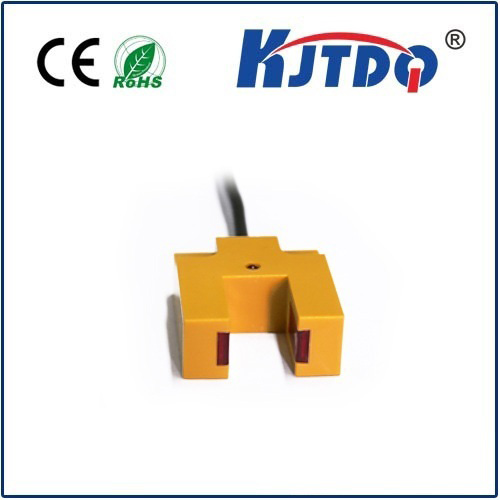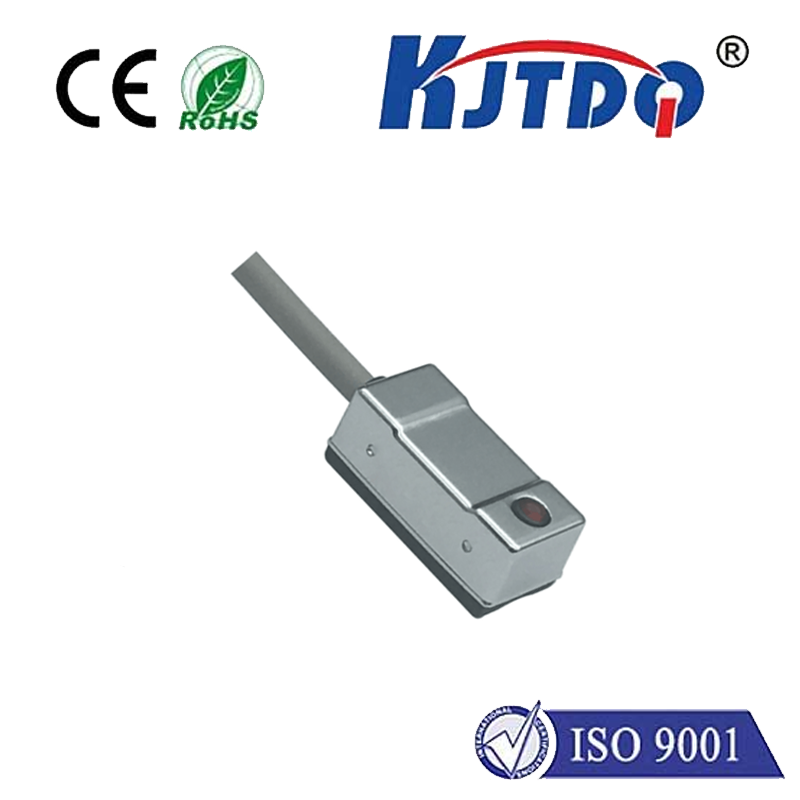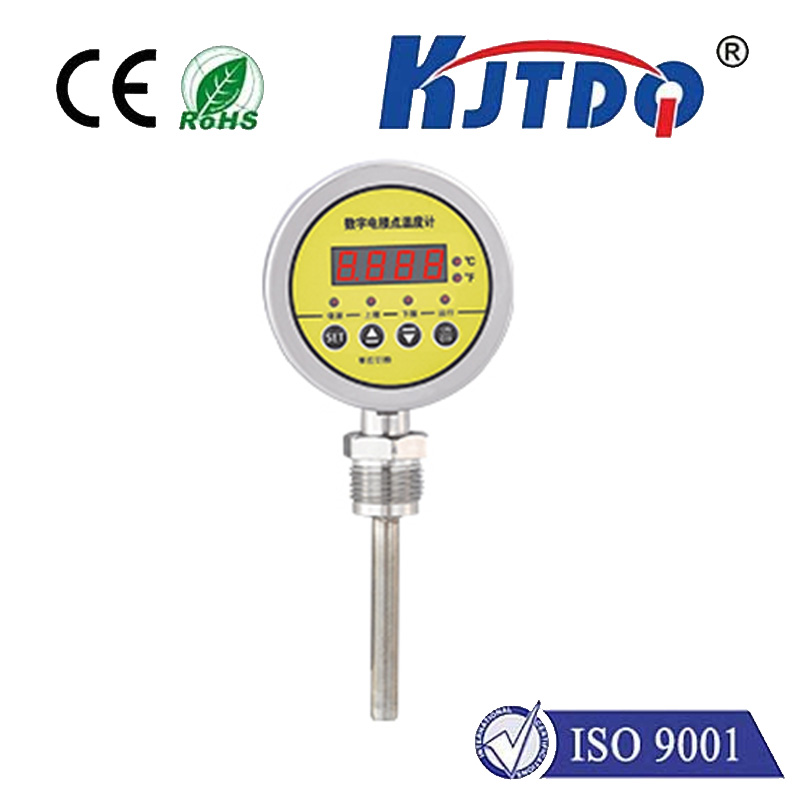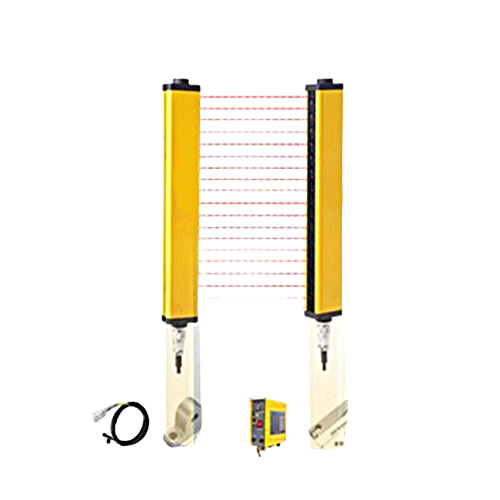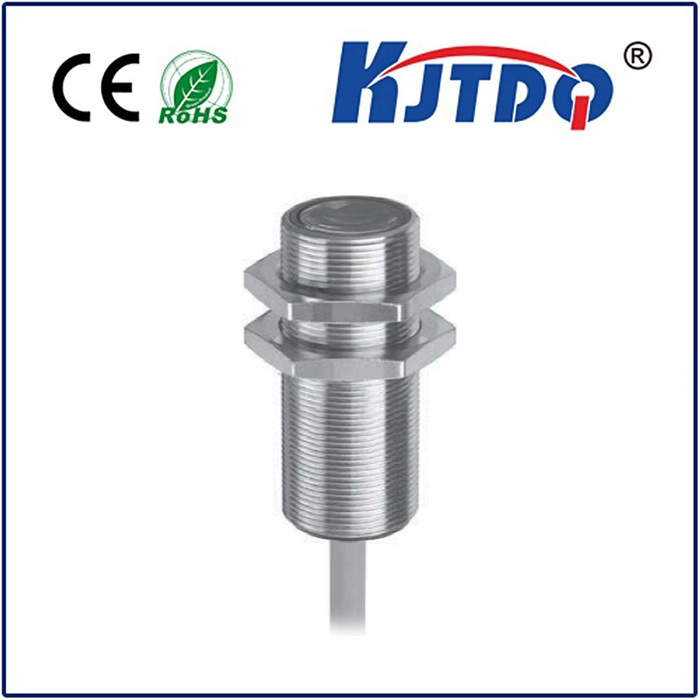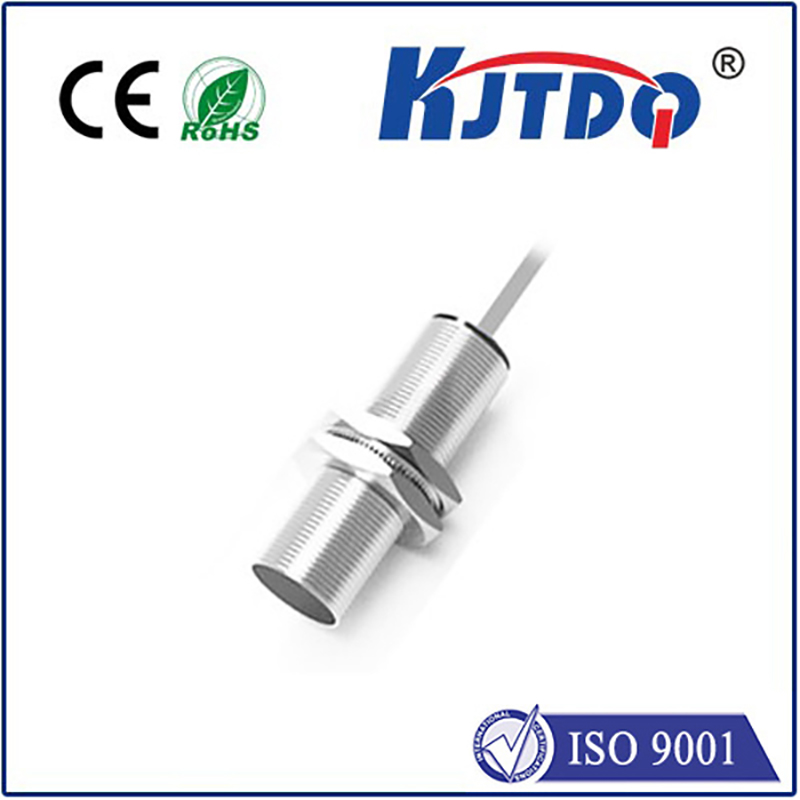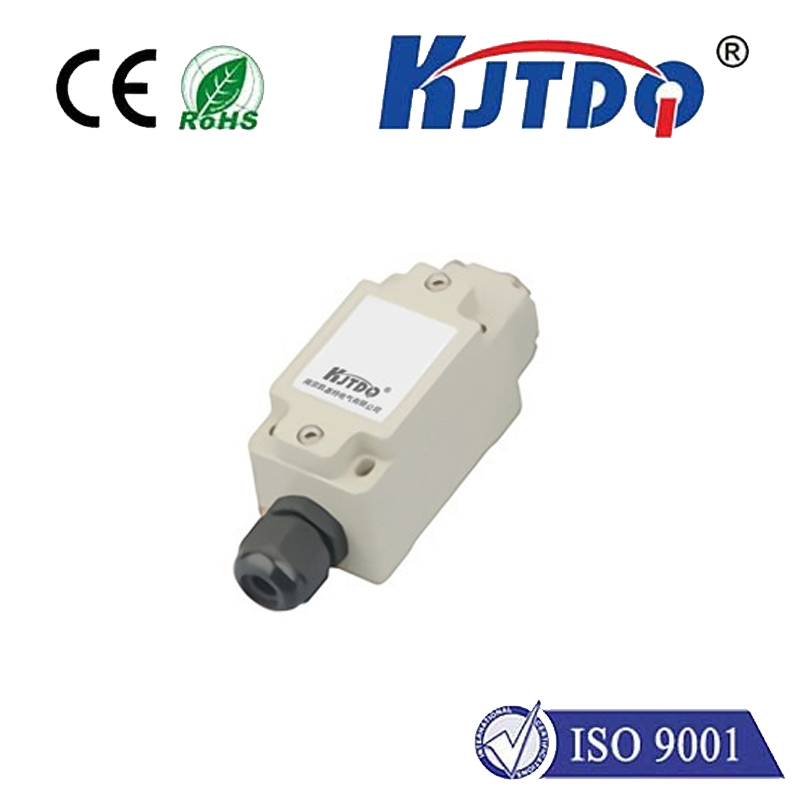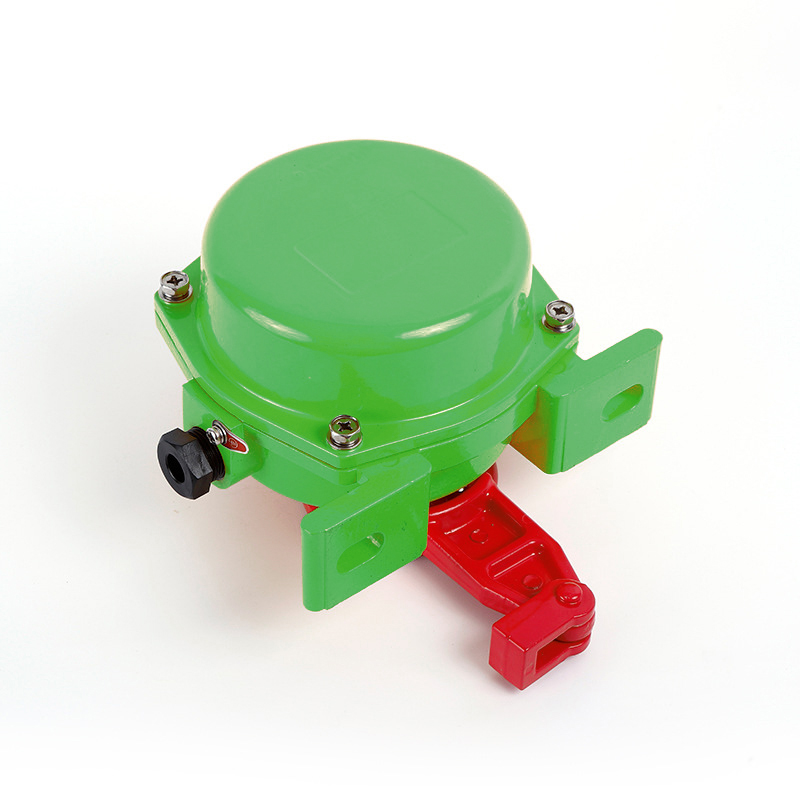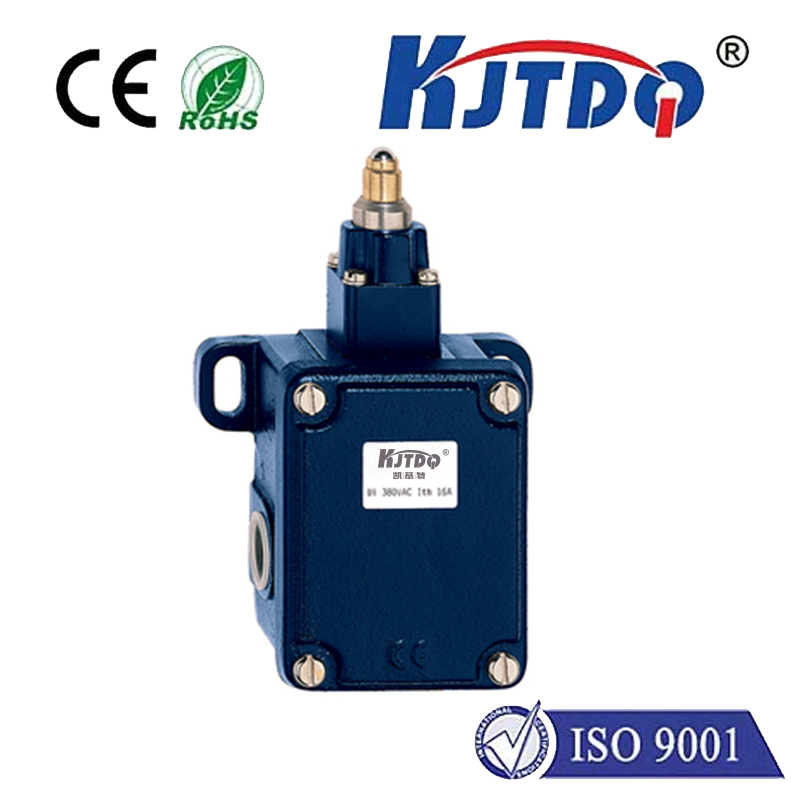acs711 proximity sensor
- time:2025-06-26 00:30:44
- Click:0
ACS711 Proximity Sensor: Unlocking Precision and Simplicity in Magnetic Field Detection
Imagine needing to know if a crucial machine component is in position without physically touching it, ensuring safe operation or enabling precise automation. Or perhaps monitoring the precise state of a valve or a door latch in harsh conditions where dirt, dust, or moisture render other sensors ineffective. These are the everyday challenges where robust, non-contact proximity sensing becomes paramount. Enter the ACS711 Hall Effect Sensor – not a typical “proximity sensor” in the infrared or ultrasonic sense, but a highly specialized device leveraging magnetic fields to offer remarkable accuracy and contactless detection for metal targets equipped with magnets or applications involving magnetic fields. Understanding its unique capabilities unlocks a world of reliable sensing in demanding environments.
Beyond Traditional Proximity: The Hall Effect Principle
Traditional proximity sensors often rely on emitting light, sound, or capacitive fields and detecting their interruption by a target object. The ACS711 operates on an entirely different principle: the Hall Effect. Discovered by Edwin Hall in 1879, this phenomenon describes the generation of a voltage difference (the Hall voltage) across a conductor or semiconductor when it carries a current and is placed perpendicular to a magnetic field. The ACS711 integrates this principle into a monolithic Hall-effect sensor IC, specifically designed to detect the presence and strength of nearby magnetic fields. It acts as a “proximity detector” by sensing the magnetic flux density created either by a magnet attached to the target or by the magnetic field inherent in certain applications.
What Makes the ACS711 Stand Out for Magnetic Proximity Sensing?

Allegro MicroSystems’ ACS711 series isn’t just any Hall sensor; it’s engineered for high-performance current sensing and, by extension, excels in precision magnetic field detection tasks:
- Integrated Signal Conditioning: Unlike raw Hall elements requiring complex external circuitry, the ACS711 provides a fully integrated solution. Internal amplification, filtering, and dynamic offset cancellation deliver a clean, stable, and highly responsive analog output voltage (ratiometric to the supply voltage) directly proportional to the magnetic field applied perpendicularly to the IC’s surface.
- Exceptional Accuracy: Key to its effectiveness in proximity detection is its low noise output and minimal offset drift. This translates to reliable, repeatable detection thresholds. Even minute changes in magnetic field strength, caused by a target magnet moving closer or further away, are consistently measurable.
- Low-Resistance Current Path: While primarily used for current sensing via the magnetic field generated by current flowing through its integrated conductor, this feature also makes it inherently robust. It can handle the power requirements for its sensing function efficiently and withstand environmental stress.
- High Bandwidth & Fast Response: With bandwidths typically reaching or exceeding 120 kHz, the ACS711 reacts incredibly quickly to changes in the magnetic field. This makes it suitable for detecting rapid motion, vibration, or precise position changes of a magnetized target.
- Robust Design: Built for demanding environments, it offers features like overcurrent fault detection and undervoltage lockout, enhancing system reliability. Its monolithic nature inherently provides resistance to vibration and shock compared to sensor assemblies with moving parts.
- Simplified Integration: Providing an analog voltage output simplifies interfacing with microcontrollers (ADCs), PLCs, or other monitoring systems. The output directly maps the sensed magnetic field (and thus, target proximity if using a magnet).
ACS711 vs. Other Proximity Sensor Types: Key Differentiators
To appreciate where the ACS711 shines, consider its strengths compared to common proximity technologies:
- Inductive Sensors: Excellent for detecting nearby metal objects without needing a magnet. However, they are generally short-range, sensitive only to metals, and their effective distance can be affected by the specific metal type.
- Optical Sensors (IR/Photoelectric): Great for detecting a wide variety of materials over longer distances. However, they are highly susceptible to interference from ambient light, dust, fog, oil, and dirt, which can block the light path.
- Capacitive Sensors: Detect both metallic and non-metallic objects (e.g., liquids, plastics) through changes in capacitance. Range can be limited and highly sensitive to environmental factors like humidity and nearby objects.
The ACS711’s Magnetic Hall Effect Advantage:
- Contactless & Robust: Like others, it senses without touch. Crucially, its performance is unaffected by dust, dirt, oil, moisture, or non-conductive contaminants blocking the path between the sensor and the magnet. It only “sees” the magnetic field.
- Precision Distance Control: By calibrating the analog output voltage against the distance of a known magnet, the ACS711 enables precise position measurement or very specific proximity thresholds with high repeatability.
- Versatility: Works effectively on both metallic and non-metallic target materials, as long as a magnet is attached or the target itself generates a measurable magnetic field.
- Long-Term Reliability: No moving parts or emission sources (like LEDs) to wear out or degrade.
Critical Applications: Where the ACS711 Proximity Detection Excels
The unique blend of precision, contactless operation, environmental immunity, and fast response makes the ACS711 ideal for:
- Position Sensing: Detecting the open/closed state of magnet-equipped doors, hatches, valves, or sliding components in appliances, industrial machinery, automotive systems, and security devices. Precise analog feedback allows for position tracking beyond simple on/off.
- Brushless DC (BLDC) Motor Commutation: Detecting the position of the rotor’s permanent magnets to precisely time the switching of stator coils – a fundamental requirement for efficient BLDC motor control. The ACS711’s speed and accuracy are crucial here.
- Level Sensing: Monitoring the position of a float magnet in liquid tanks (fuel, coolant, hydraulics), particularly in dirty or opaque fluids where optical sensors fail. Immunity to fluid properties is key.
- Speed Detection: Counting rotations or linear movements via a passing magnet (e.g., on a gear tooth or linear actuator) using the ACS711’s fast response to field changes.
- Overcurrent/Safety Shutdown: While its primary function, detecting the magnetic field generated by excessive current flow serves as an intrinsic proximity-like detection of a dangerous condition, triggering protective circuits.
- Automotive Applications: Position sensing for throttle pedals, gear selectors, brake pedals, suspensions, and door latches where reliability and environmental resilience are non-negotiable. ACS711 variants meet AEC-Q100 automotive qualifications.
- Industrial Automation: Reliable detection of cylinder positions (pneumatic/hydraulic), tool presence in CNC machines, safety interlocks, and conveyor part counters in challenging factory environments filled with dust, coolant, and vibration.
Implementing ACS711 Proximity Detection: Key Considerations
To harness the ACS711 effectively for proximity/magnetic field detection:
- Magnet Selection: The sensor’s sensitivity and range are dictated by the magnetic field strength (flux density) at its surface. Choose a suitable magnet (strength, size, pole orientation) and carefully design the mechanical mounting to achieve the desired switching distance and analog range. *Neodymium magnets are often preferred













